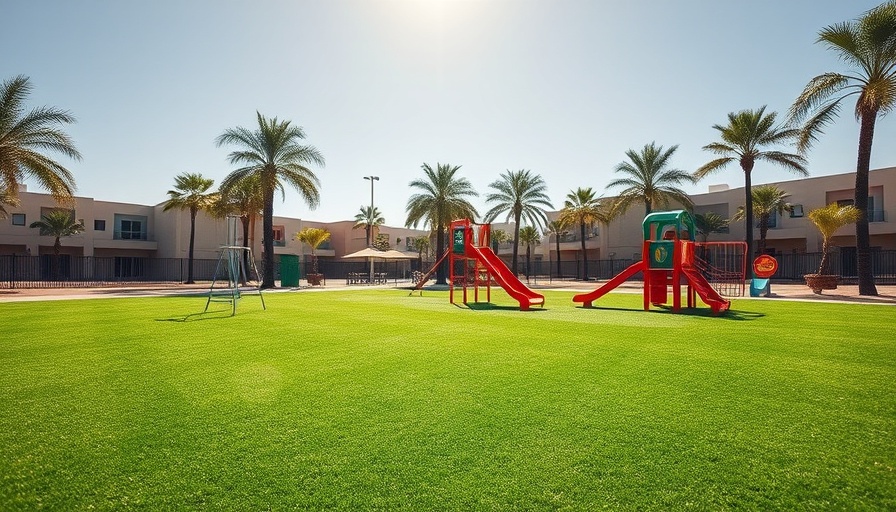
Understanding the Importance of Deep Cleaning Turf
Cleaning artificial turf might seem like a low priority task, but regular maintenance that includes deep cleaning is essential for prolonging its lifespan and maintaining a safe, attractive environment for homes and recreational spaces. Despite the low upkeep of synthetic grass compared to natural lawns, neglecting its care can lead to grime buildup, unpleasant odors, and a compromised aesthetic appeal. For homeowners investing significant resources in quality turf, understanding the necessity and methods of effective cleaning is paramount.
Establishing a Cleaning Routine
The first step to deep cleaning your turf is to maintain a consistent cleaning routine. Simple tasks like removing leaves and debris with a plastic rake can help prevent dirt accumulation over time. Utilizing a hose to rinse the turf weekly can aerate the blades and remove microscopic particles; however, pressure washing should be avoided to protect the infill structure. Furthermore, for homes with pets, addressing waste swiftly is crucial not only to keep the turf clean but also to combat possible bacteria buildup.
How To Deep Clean Your Turf Like A Pro
Deep cleaning artificial turf involves specific steps designed to rejuvenate its appearance and effectiveness. It is advisable to perform a thorough deep clean at least once a year, or more frequently in high-traffic areas. Begin your deep cleaning session by treating any stains or dirty patches saved from previous spot checks. Choose a highly effective cleaner like OxyTurf, a no-mix solution that cleanses, disinfects, and deodorizes all in one go. This ensures that your artificial turf not only looks good but is also a healthy space for your family and pets.
Power Broom: Your Best Friend in Turf Maintenance
To take your cleaning efforts further, consider investing in a power broom. This motorized tool significantly reduces the manual effort required to maintain the cleanliness of synthetic grass. A power broom not only sweeps away stubborn debris but also revitalizes the grass blades, bringing them back to an upright position. Additionally, it’s important to examine the turf’s infill regularly, ensuring it’s evenly distributed, which can enhance the aesthetic quality and functionality of your turf.
Future Trends in Artificial Turf Maintenance
As interest in synthetic landscaping continues to grow amid environmental awareness, so do advancements in turf maintenance technology. Innovations that promise easy cleaning solutions, such as AI-assisted turf monitoring systems, could revolutionize upkeep efforts over the coming years. Homeowners can look forward to advancements that will make maintaining a pristine, green turf even easier, while minimizing environmental impact.
Practical Tips for a Successful Deep Clean
Deep cleaning artificial grass can be made simpler and more effective through a few tried-and-true practices:
- Utilize the right tools: Invest in a power broom for efficiency, and use non-metal rakes to avoid damaging blades.
- Regular maintenance: Implement a habit of cleaning at regular intervals to mitigate dirt buildup, significantly easing the burden of deep cleaning.
- Promptly address spills and pet waste: Immediate action can prevent staining and bacteria, making the cleaning process much easier.
Conclusion: Elevate Your Turf Experience
Incorporating a thorough cleaning regimen into your lawn care is critical for ensuring your artificial turf maintains its appearance and lifespan. Taking the time to perform regular maintenance and deep cleaning not only protects your financial investment but also enhances your outdoor experience. Therefore, you should not overlook the significance of turf cleaning; it can make a world of difference.
 Add Row
Add Row  Add
Add 




 Add Row
Add Row  Add
Add 

Write A Comment